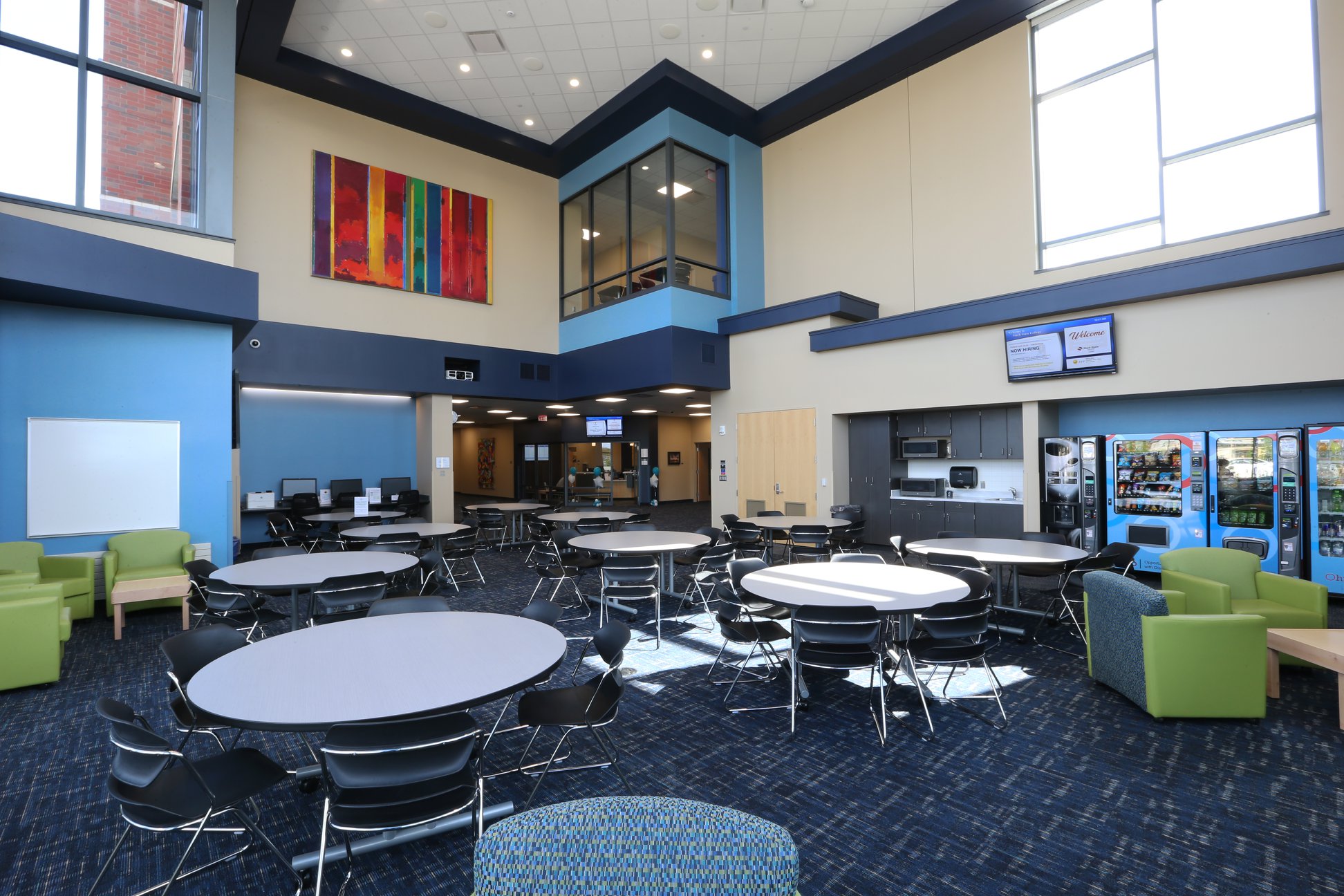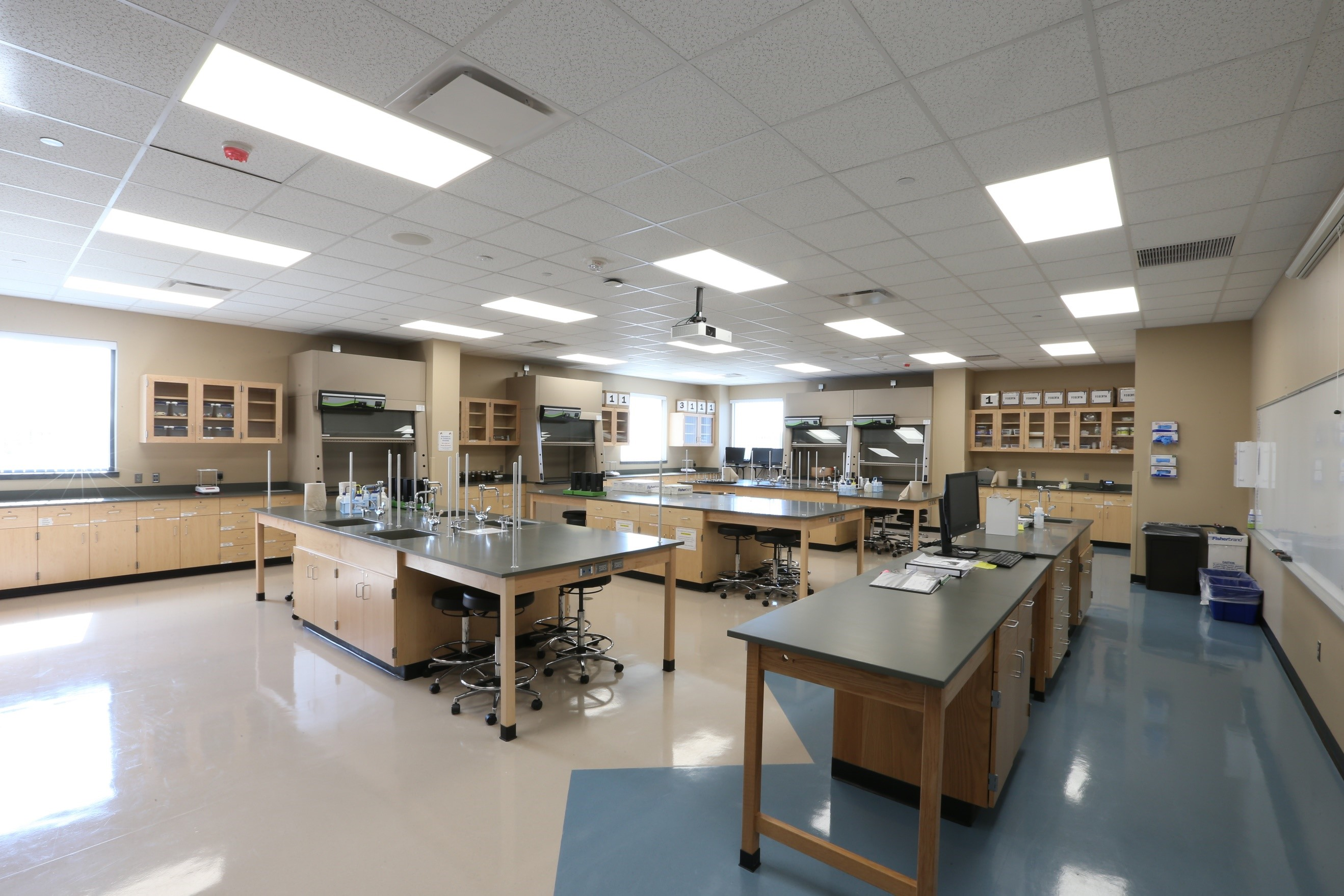One of our finished projects, a new 3-story building and walkout full lower level for Stark State College in Akron, Ohio, presented much value to today’s current COVID-19 pandemic-based society. While this building was constructed in 2018, the functionality and efficiency of the facility and internal spaces are very prevalent. This design is comprised of classrooms, offices, collaboration spaces and faculty spaces, in which are all fit for proper social distancing.


Additionally, we have an older finished project from 2016 that well represents an ideal interior layout for an educational facility. The project, a new facility for Streetsboro High School in Streetsboro, Ohio, consisted of 21st Century visioning services such as common areas, radio and TV stations, and STEM labs. These past modern additions have the versatility and capability today to be of safe value and use for social distancing purposes.

We at FMD are always prepared to take on a project and learn to adapt to new societal changes in the industry. We are interested about what we may collectively and newly consider as this unprecedented time in the world continues.

